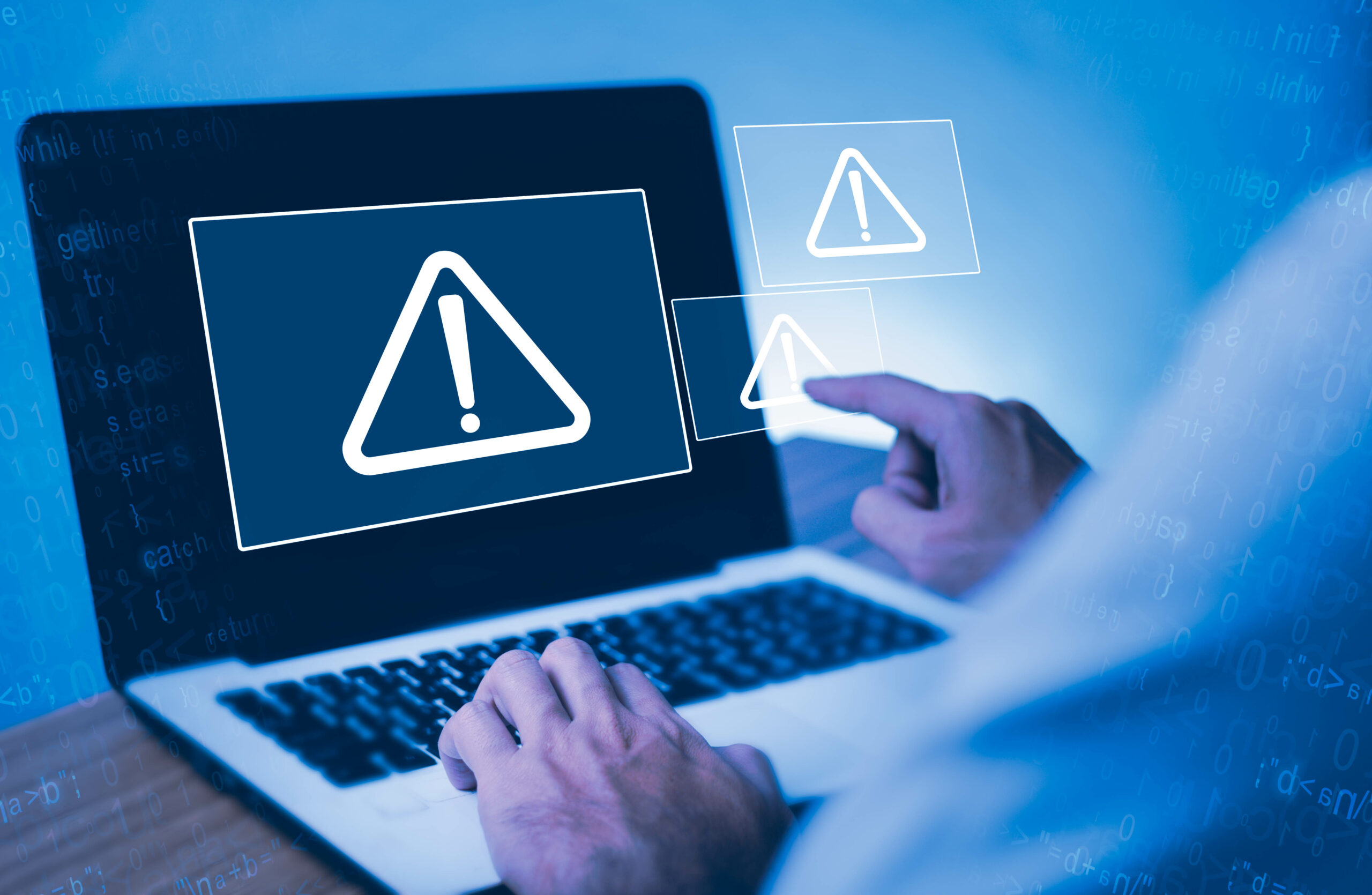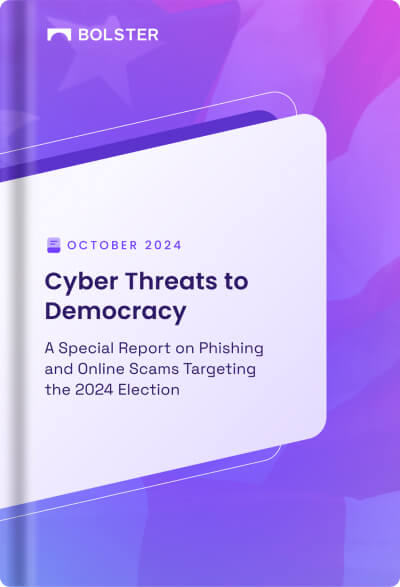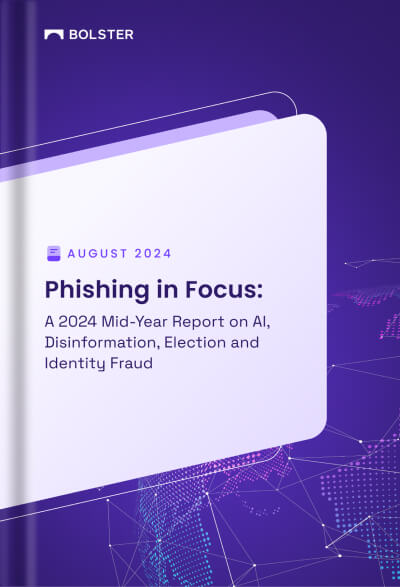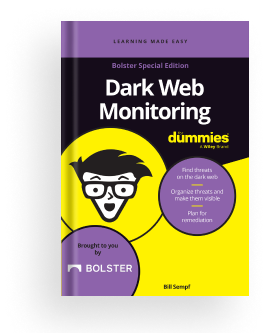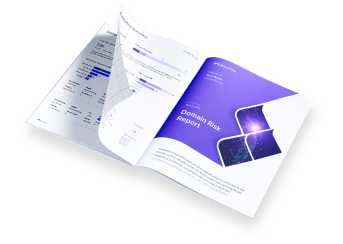Cracked software refers to applications that have been tampered with to bypass licensing restrictions or activation requirements. Using cracked software exposes users to significant risks, including cybersecurity threats, legal consequences, and system instability.
Even with those risks, though, the problem continues at scale. Did you know that Adobe Photoshop is the most searched for pirated application, with approximately 49,970 monthly searches for cracked versions? And according to Go Globe, worldwide visits to piracy sites in 2024 amounted to 141 billion visits, which is 386 million visits per day and 248,287 visits per minute.
How Cracked Software Is Created and Distributed
To crack software, hackers or unauthorized individuals modify legitimate software by altering its code and disabling licensing mechanisms. This modified software, stripped of restrictions, is then uploaded to file-sharing platforms, forums, or repositories, where unsuspecting users can download it. The process often involves reverse engineering and injecting malware into the software, making it a dangerous tool for spreading malicious programs.
Cybercriminals have even leveraged platforms like GitHub to distribute malware-laden cracked software, exploiting the trust users place in these sites. Once downloaded, the software functions as expected, while malware silently installs and begins stealing sensitive information such as login credentials, banking details, and personal data.
The Rise of RisePro Info Stealer
One recent example of the dangers associated with cracked software is the RisePro Info Stealer, a malware designed to steal sensitive data while operating undetected. Embedded in cracked software, it extracts login credentials, personal identification details, and financial information, transmitting them to attackers for exploitation.
This malware has been distributed on platforms like GitHub, and is showcased by cybercriminals with enticing keywords, fake reviews, and even social media endorsements.
The Dangers of Cracked Software
The risks of using cracked software include malware infection, as noted, but extend beyond as well. Key dangers include a lack of security updates, leaving users exposed to known vulnerabilities. There also comes system instability, as alterations to bypass licensing can introduce bugs, causing crashes or compatibility issues.
Finally, let’s not forget the security risks—using pirated software violates intellectual property laws, exposing users to potential fines or legal action.
Noting the dangers is one thing, but understanding the impact such dangers might manifest into is another. In one notable case, a company suffered a significant data breach when an employee downloaded a cracked version of a software development tool from GitHub.
This version was compromised with the RisePro Info Stealer, which silently extracted sensitive company data over several months. The consequences included financial losses of over $1 million in damages due to stolen intellectual property and remediation costs, diminished client trust (leading to lost contacts and opportunities), and operational disruption.
Preventing the Risks of Cracked Software
Avoiding cracked software is essential to maintaining cybersecurity. For individuals, the solution lies in using legitimate software that includes updates and support. For organizations, safeguarding against risks involves a combination of policies, education, and technology.
Organizations should restrict the installation of unauthorized software by implementing strict access controls and software whitelisting. They should also consider deploying advanced endpoint protection to detect and block malware embedded in applications. Employees should be educated about the dangers of cracked software and the tactics used by cybercriminals, and companies should regularly monitor internal and external repositories for malware or unauthorized changes.
Looking Ahead to Future Threats
As attackers continue to evolve their methods, new challenges are likely to emerge. Cybercriminals may use artificial intelligence to create more sophisticated malware, expand their reach to other repositories beyond GitHub, or leverage zero-day vulnerabilities to distribute malware through cracked software.
